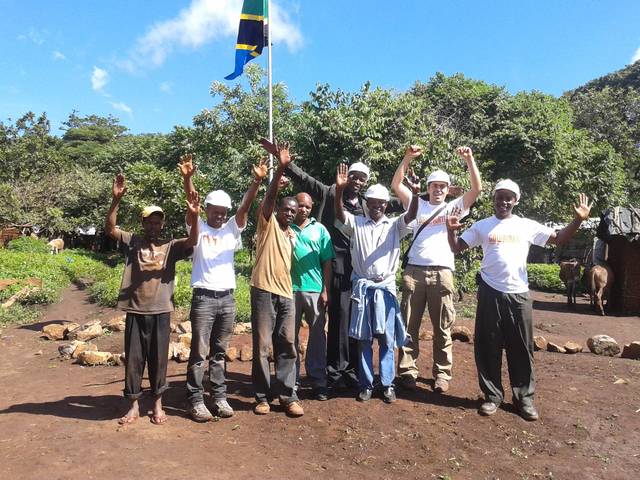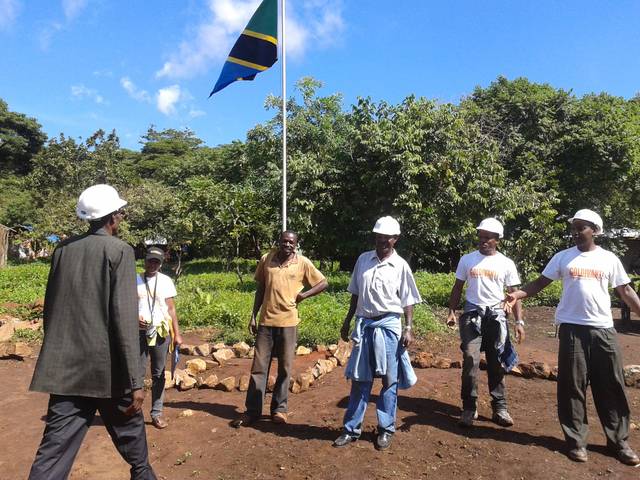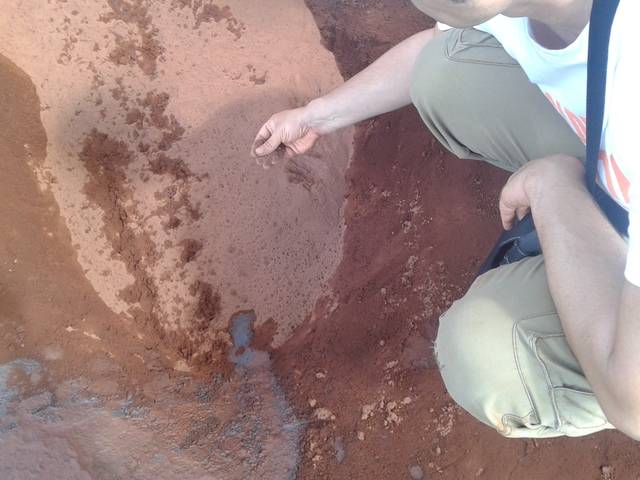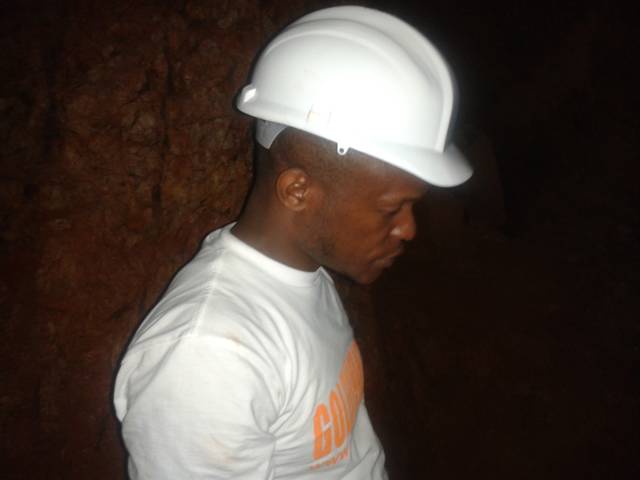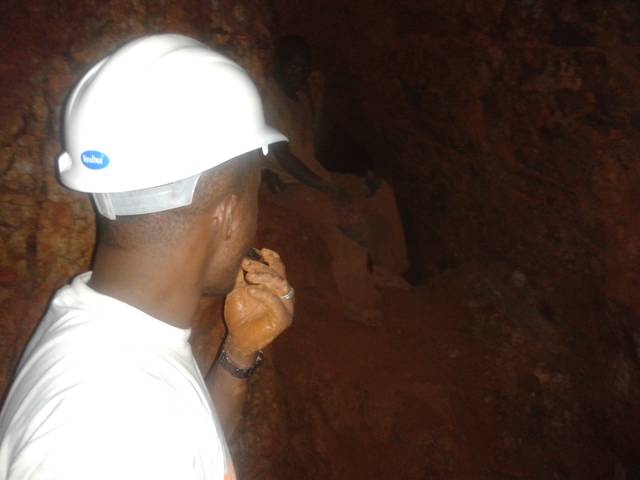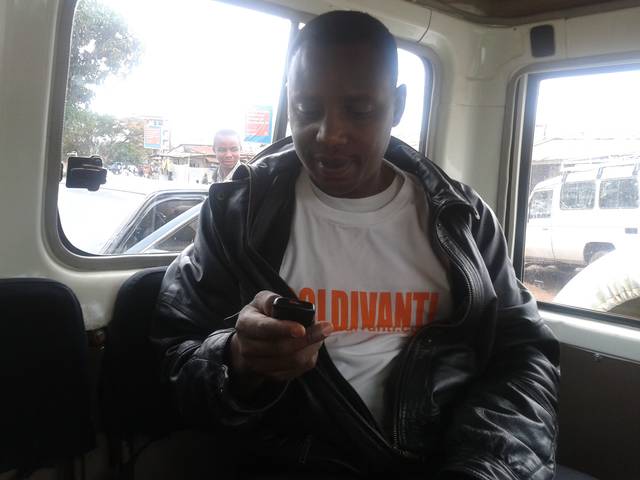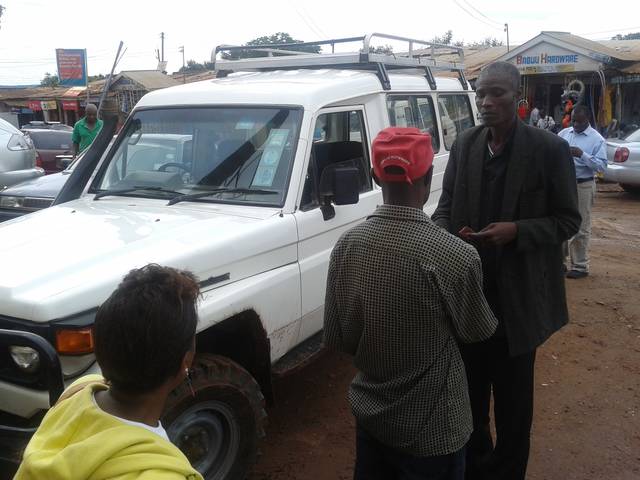Searching For Gold
Searching for gold and prospecting for gold are terms often used interchangeably, though prospecting specifically refers to the systematic process of locating gold deposits in natural environments, such as mountains, rivers, or mineral-rich areas. It involves examining geological formations, analyzing soil and rock samples, and using tools like metal detectors, geological surveys, or advanced technologies to identify potential gold-bearing regions. Prospectors aim to uncover signs of gold, such as quartz veins, flecks of metal, or unusual mineral concentrations, which may indicate the presence of a valuable deposit. This activity is a crucial step in the mining industry, as it helps determine where extraction efforts should be focused, blending scientific analysis with traditional methods to uncover gold hidden beneath the earth’s surface.
Understanding Prospecting, Exploration, and Searching for Gold: A Comprehensive Overview
What Is Prospecting for Gold?
Prospecting for gold is the initial and often most critical phase of discovering gold deposits. It involves the systematic search for signs of gold in natural environments, such as mountains, riverbeds, or mineral-rich regions. Prospectors, who are often geologists, miners, or independent adventurers, use a combination of fieldwork, geological analysis, and investigative techniques to identify potential gold-bearing areas. Their work includes examining rock formations, soil samples, and mineral veins for clues like quartz veins, metallic flecks, or unusual mineralization patterns. Tools such as metal detectors, geological maps, and even advanced technologies like ground-penetrating radar or geochemical testing are employed to gather data. The goal is to locate areas with a high probability of containing gold, which could lead to further exploration or mining efforts.
The Role of Exploration in Gold Discovery
While prospecting focuses on the initial search, exploration encompasses a broader and more comprehensive process of evaluating a site’s potential for gold extraction. Exploration is a multi-stage endeavor that begins with regional surveys and gradually narrows down to specific targets. It involves geological mapping, geophysical surveys (such as seismic or magnetic studies), and drilling to collect core samples for analysis. The aim is not only to confirm the presence of gold but also to assess its quantity, quality, and economic viability. Exploration teams may also conduct environmental impact studies to ensure sustainable practices. This phase is crucial because it determines whether a discovery is worth pursuing and lays the groundwork for future mining operations.
Searching for Gold: A Broader Concept
The term searching for gold is a general description of the entire process of locating gold, which includes both prospecting and exploration. It can refer to the work of amateur gold hunters, commercial miners, or professional geologists. Searching often begins with surface-level observations, such as panning for gold in rivers or scanning for exposed veins in rocky terrain. Over time, it may evolve into more intensive methods, such as using heavy machinery, satellite imaging, or data analytics to identify hidden deposits. In many cases, searching for gold is driven by economic incentives, historical interest, or even recreational purposes. However, the transition from searching to formal exploration requires scientific rigor, planning, and investment to turn potential discoveries into viable resources.
The Connection Between Prospecting, Exploration, and Gold Mining
Prospecting and exploration are foundational to the gold mining industry, serving as the bridge between discovery and extraction. Prospecting identifies promising areas, while exploration validates their potential and provides the data needed for mining operations. These activities are often conducted in tandem, with prospecting guiding exploration efforts and exploration refining the scope of prospecting. For example, a prospector might discover a glimmer of gold in a stream, prompting a team of explorers to investigate further through drilling and analysis. Once a deposit is confirmed, the site may be developed into a mine, with the entire process relying on the meticulous work of prospecting and exploration.
Challenges and Considerations in Gold Prospecting and Exploration
Gold prospecting and exploration are not without challenges. Environmental factors, such as rugged terrain or weather conditions, can complicate fieldwork. Additionally, the cost of advanced exploration techniques can be prohibitive, requiring significant investment. Legal and regulatory hurdles, including land rights and environmental permits, also play a critical role in determining the feasibility of a project. Furthermore, the success of these activities depends on accurate geological interpretation and the ability to distinguish between promising targets and false leads. Despite these challenges, the pursuit of gold remains a vital part of global resource development, driven by both economic demand and the enduring allure of the precious metal.
Conclusion: The Significance of Prospecting and Exploration
Prospecting for gold and conducting thorough exploration are essential steps in the journey from discovery to extraction. These processes blend scientific inquiry, technological innovation, and perseverance to uncover the Earth’s hidden treasures. While prospecting focuses on the initial search, exploration expands this effort into a structured, data-driven evaluation of a site’s potential. Together, they form the backbone of the gold mining industry, ensuring that valuable resources are identified, assessed, and responsibly developed. Whether driven by historical curiosity, economic gain, or scientific interest, the quest for gold continues to shape human endeavors and geological understanding.
